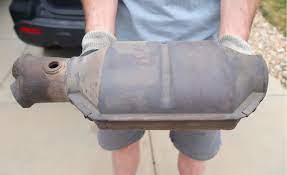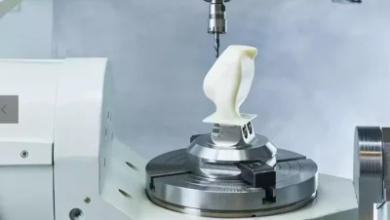How Long Can You Drive Without A Catalytic Converter?

You can drive without a catalytic converter for a while, but eventually, it will cause problems. The catalytic converter helps to convert harmful gases into less toxic gases. Without it, your car will produce more harmful gases, and eventually, the engine will misfire. It is best to get your catalytic converter replaced as soon as possible.
How Long Can You Drive Without A Catalytic Converter?
However, several factors can shorten the lifespan of your catalytic converter, such as:
- driving habits (e.g., excessive idling, stop-and-go traffic)
- a type of fuel used
- engine oil quality
If you think your catalytic converter may be going bad, there are a few symptoms to look out for, including:
- decreased engine performance
- increased fuel consumption
- dark exhaust smoke
- engine misfires
If you’re experiencing any of these issues, it’s best to have your vehicle checked out by a mechanic. In some cases, the problem can be fixed with a simple repair. However, if the catalytic converter is indeed shot, it will need to be replaced.
What Are The Consequences Of Driving Without A Catalytic Converter?
The catalytic converter is an essential emissions control device in a vehicle’s exhaust system. It converts harmful pollutants in exhaust gas to less toxic pollutants. A catalytic converter can last a vehicle’s lifetime if maintained properly.
However, there are consequences for driving without a catalytic converter. These consequences can include a decrease in fuel economy, an increase in emissions, and damage to the engine.
A decrease in fuel economy exists as one of the greatest expected consequences of driving without a catalytic converter. The catalytic converter helps to improve fuel economy by converting harmful pollutants into less harmful pollutants. When the catalytic converter is not functioning correctly, the vehicle will consume more fuel to compensate for the loss in emissions control.
An increase in emissions is another common consequence of driving without a catalytic converter. The catalytic converter helps reduce emissions by converting harmful pollutants into less harmful ones. When the catalytic converter is not functioning correctly, the vehicle will emit more pollutants into the environment.
Damage to the engine is another consequence of driving without a catalytic converter. The catalytic converter helps to protect the engine by converting harmful pollutants into less harmful pollutants. When the catalytic converter is not functioning correctly, the engine may be damaged by the build-up of harmful pollutants.
If you are driving without a catalytic converter, you may experience one or more of these consequences. To avoid these consequences, it is essential to have your catalytic converter inspected and repaired if necessary.
FAQ
How Can You Tell If Your Catalytic Converter Needs To Be Replaced?
If your car is running less efficiently than usual or the engine is making a rattling noise, it may be time to replace the catalytic converter.
How Much Does It Cost To Replace A Catalytic Converter?
A catalytic converter is a device that assists in restoring exhaust gases from an internal combustion machine into small harmful substances. The expense to supersede a catalytic converter can vary depending on the make and estimate of the vehicle, as well as the location of the car. Generally, replacing a catalytic converter can range from $500 to $2000.
Last Thought
If you have questions about driving without a catalytic converter, feel free to comment below.




